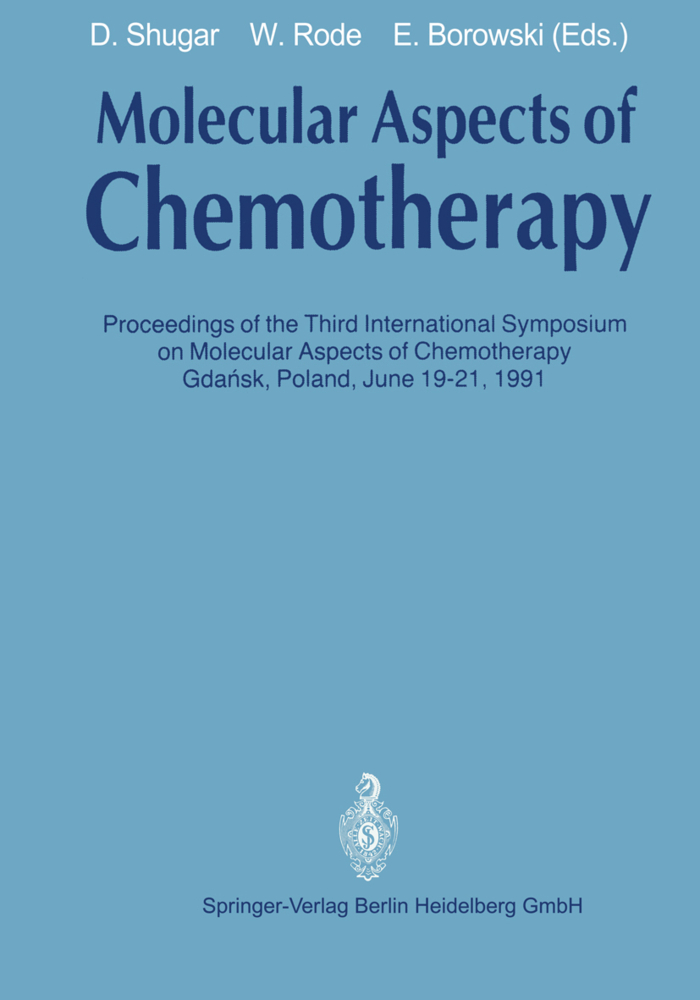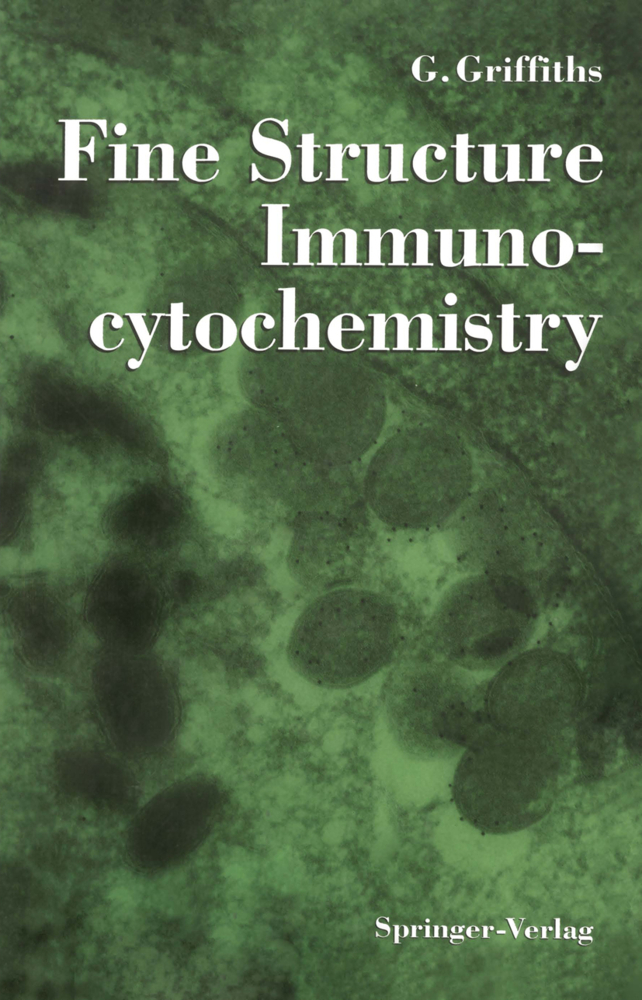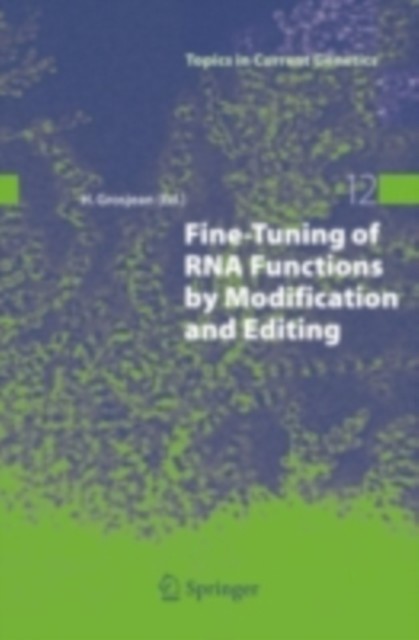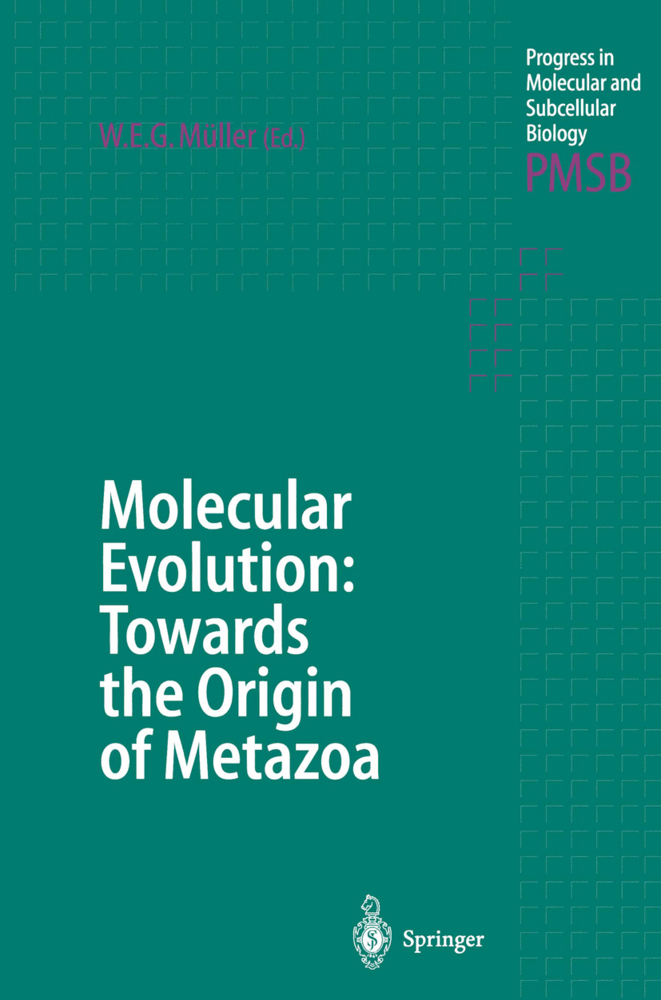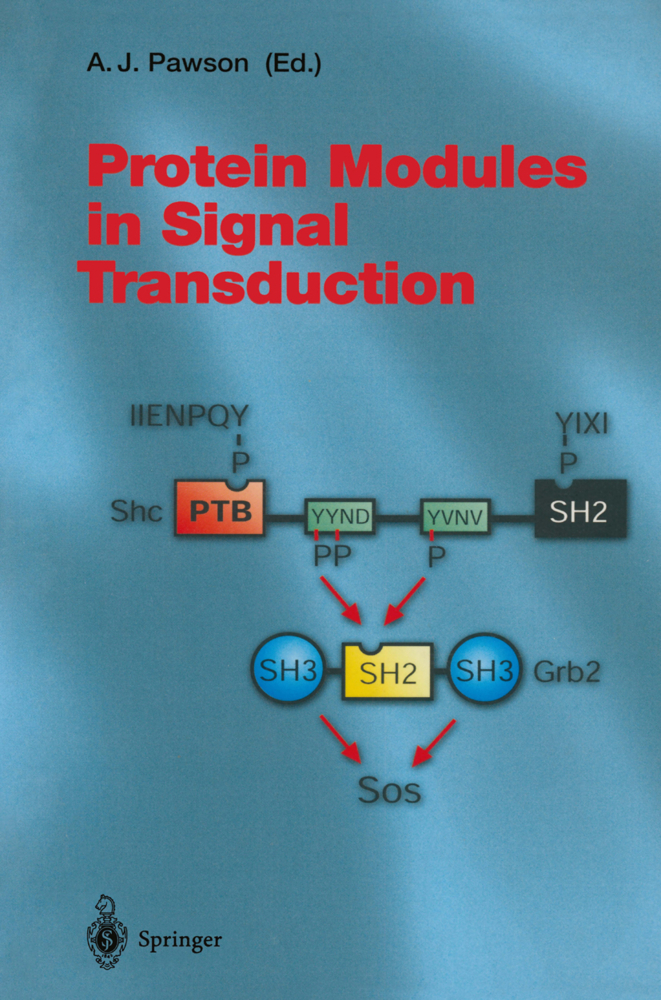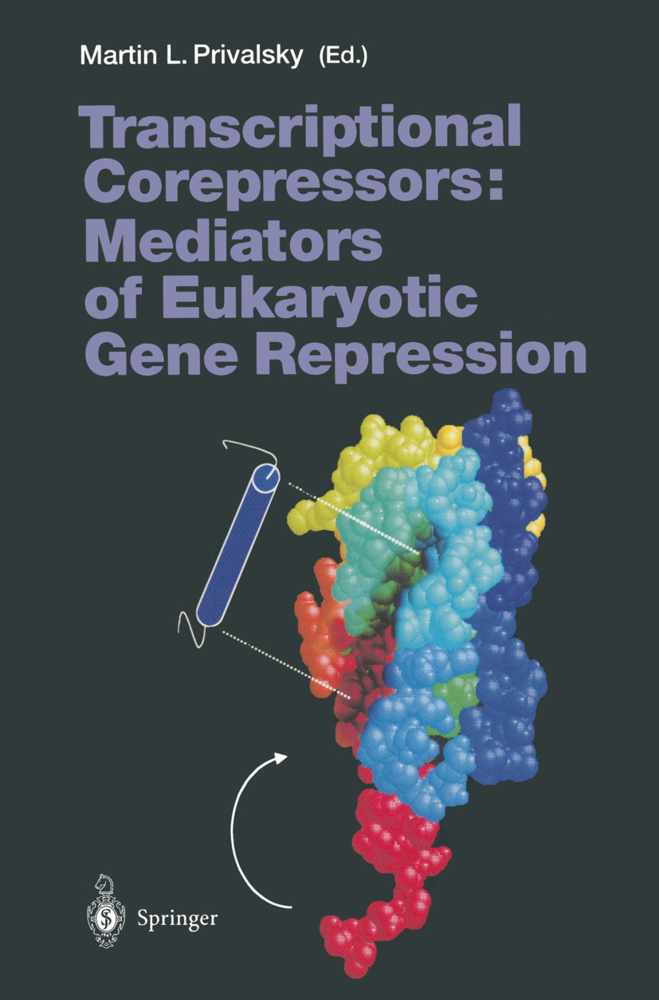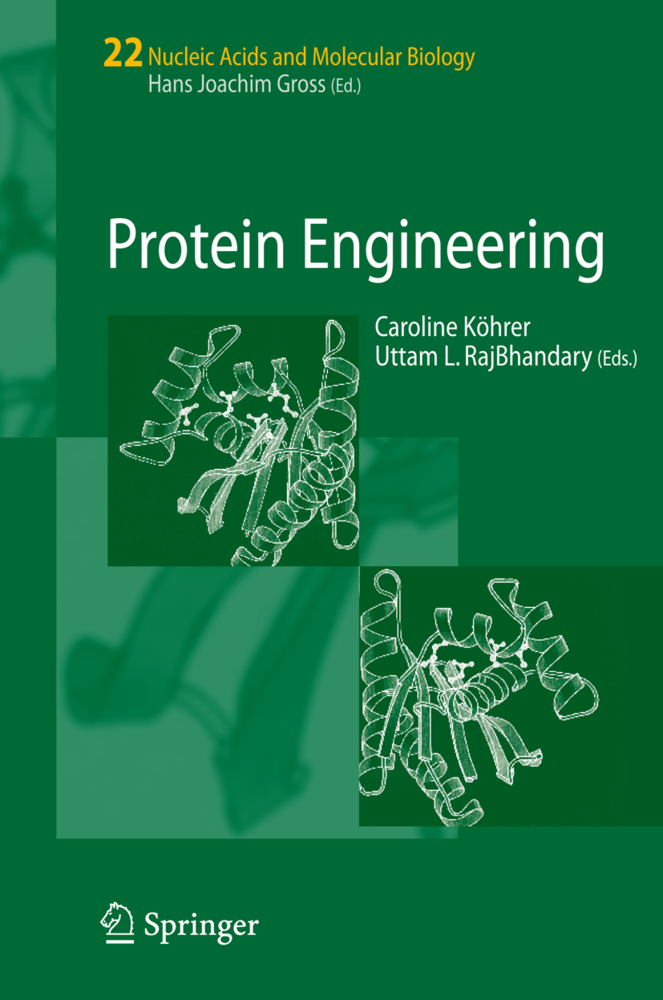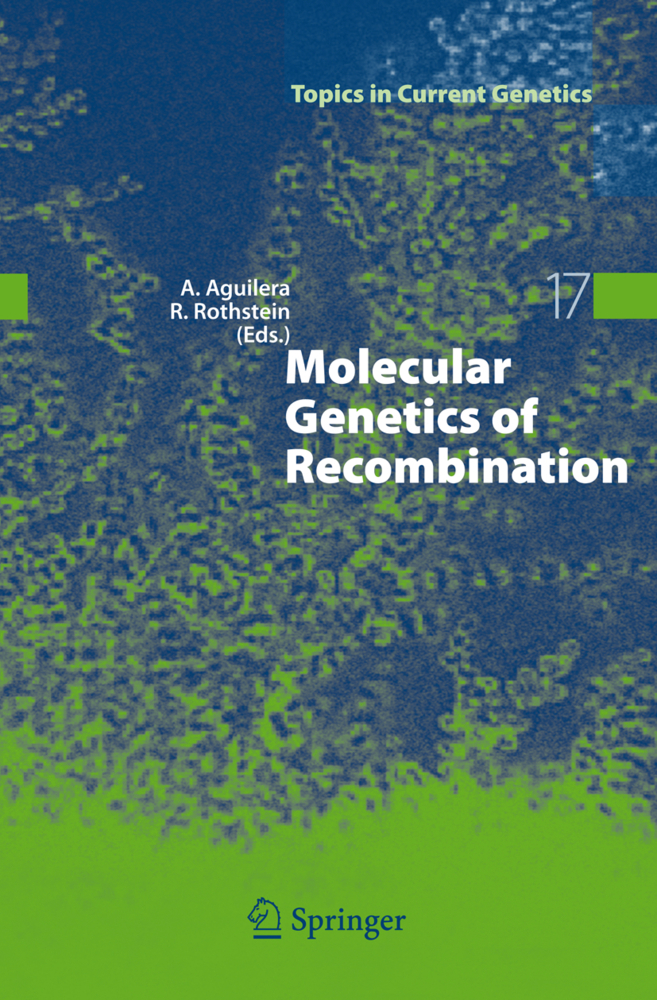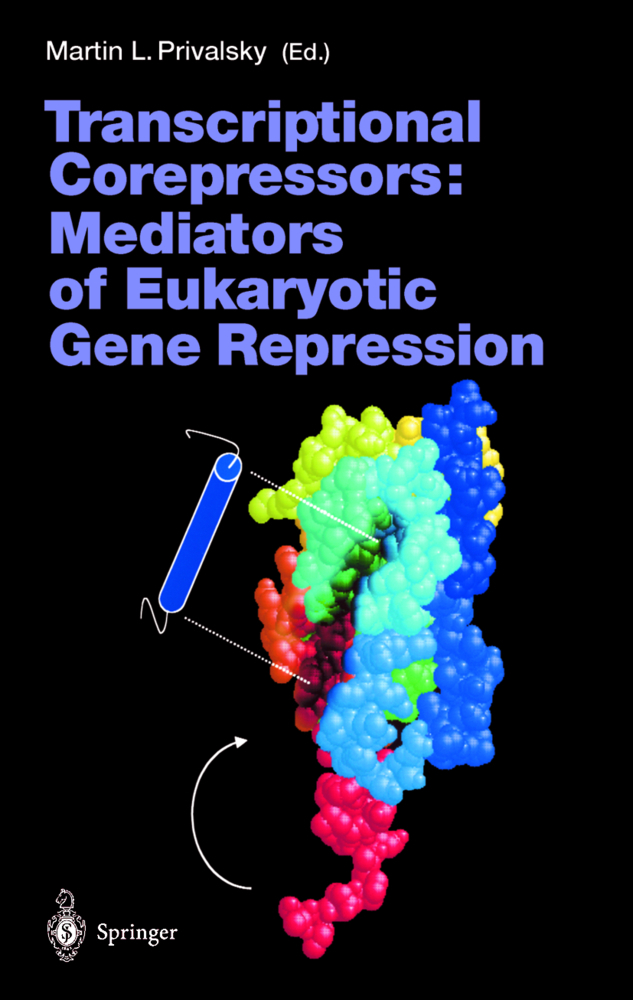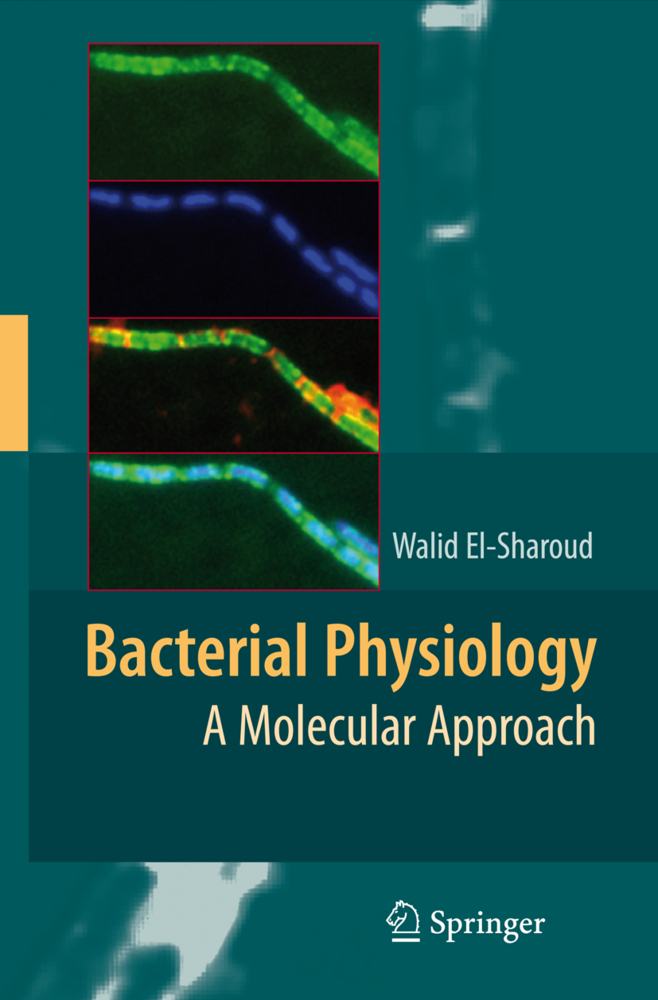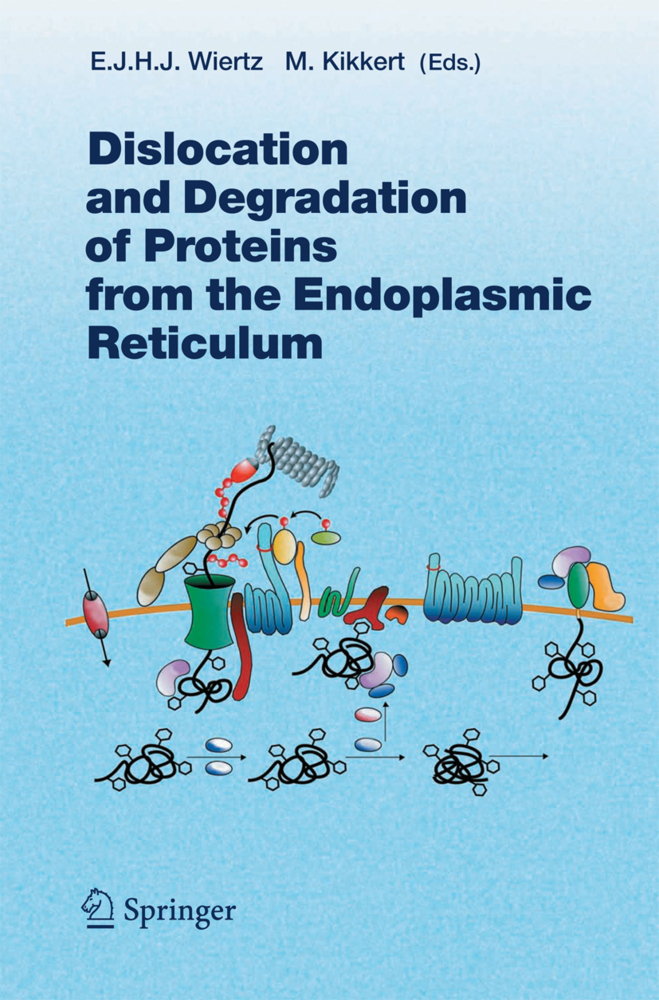Molecular Aspects of Chemotherapy
Proceedings of the Third International Symposium on Molecular Aspects of Chemotherapy Gdansk, Poland June 19-21, 1991
Molecular Aspects of Chemotherapy
Proceedings of the Third International Symposium on Molecular Aspects of Chemotherapy Gdansk, Poland June 19-21, 1991
While serendipity and random screening continue to fulfil a significant role in the search for new drugs, current remarkable advances in molecular biology and genetics are dictating to a profound extent the approaches employed in their development. Increasing attention is being devoted to investigations of the mechanisms of action of existing drugs, and the sources of undesired side effects, at the molecular level. The information so derived is now extensively applied, with the aid of broad inter disciplinary approaches, both theoretical and experimental, to improvements in existing drugs, and the rational design of new ones. The foregoing comprised the subject matter of the 3rd Inter national Symposium on "Molecular Aspects of Chemotherapy", under the auspices of the International Society of Chemotherapy, and organized by the Committee on Drug Research, Polish Academy of Sciences, and the Department of Biotechnology and Biochemistry, Technical University of Gdansk. This volume includes the texts of the review lectures presented by invited participants on up-to-date achievements, and future perspectives, in molecular mechanisms of inhibition of cellular functions and metabolism, with emphasis on the design and mechanisms of action of chemotherapeutic agents for treatment of bacterial, neoplastic, viral and parasitic diseases. From the Contents, it will be seen that the range of disciplines represented was a broad one, including theoretical and experimental chemists, physicists, molecular biologists, biochemists, enzymologists, virologists, tumour biologists. Plenary sessions were supple mented by several poster sessions.
Molecular Mechanisms for the Sequence Recognition of DNA by (+)-CC-1065
A Common Structural Pattern Among Many Biologically Active Compounds of Both Natural and Synthetic Origin - A Novel Approach to the Design of Antineoplastic Agents
Cyclic Nucleotide Metabolism as a Target in Chemotherapy
Resistance to Anthracycline in Multidrug Resistant Cells. Role of the Membrane Transport
Tumor Necrosis Factor: Mechanism of Action and its Potential for Anticancer Therapy
Exploitation of Peptide Transport Systems in the Design of Antimicrobial Agents
Inhibitors of 2,3-Oxidosqualene-Lanosterol Cyclase as Antifungal Agents
The Use of the 3-Dimensional Structures of Rhinoviruses in the Design of Antiviral Agents
Design of Virus-Specific Inhibitors of Terminal Glycosylation Enhancing the Antigenicity of Viral Glycoproteins
Comparison of Crystal Structures of Inhibitor Complexes of the Human Immunodeficiency Virus Protease
Anti-HIV Agents Interfering with the Viral gp 120-Cellular CD4 Interaction
Polyionic Compounds Selectively Alter Availability of CD4 Receptors for HIV Coat Protein rgp 120
Penciclovir and Famciclovir, Selective Anti-Herpesvirus Agents
2?3?Dideoxy-3'Thiacytidine (SddC) as an Anti-Human Hepatitis B Virus (HBV) and Anti-Human Immunodeficiency Virus (HIV) Agent
Phosphorylating Enzymes Involved in Activation of Chemotherapeutic Nucleosides and Nucleotides.
Insight into Lactam Antibiotics and their Receptors from Computational Chemistry
New Methods in Molecular Shape Analysis to Identify and Characterize Active ConformationsMolecular Mechanisms for the Sequence Recognition of DNA by (+)-CC-1065
A Common Structural Pattern Among Many Biologically Active Compounds of Both Natural and Synthetic Origin - A Novel Approach to the Design of Antineoplastic Agents
Cyclic Nucleotide Metabolism as a Target in Chemotherapy
Resistance to Anthracycline in Multidrug Resistant Cells. Role of the Membrane Transport
Tumor Necrosis Factor: Mechanism of Action and its Potential for Anticancer Therapy
Exploitation of Peptide Transport Systems in the Design of Antimicrobial Agents
Inhibitors of 2,3-Oxidosqualene-Lanosterol Cyclase as Antifungal Agents
The Use of the 3-Dimensional Structures of Rhinoviruses in the Design of Antiviral Agents
Design of Virus-Specific Inhibitors of Terminal Glycosylation Enhancing the Antigenicity of Viral Glycoproteins
Comparison of Crystal Structures of Inhibitor Complexes of the Human Immunodeficiency Virus Protease
Anti-HIV Agents Interfering with the Viral gp 120-Cellular CD4 Interaction
Polyionic Compounds Selectively Alter Availability of CD4 Receptors for HIV Coat Protein rgp 120
Penciclovir and Famciclovir, Selective Anti-Herpesvirus Agents
2?3?Dideoxy-3'Thiacytidine (SddC) as an Anti-Human Hepatitis B Virus (HBV) and Anti-Human Immunodeficiency Virus (HIV) Agent
Phosphorylating Enzymes Involved in Activation of Chemotherapeutic Nucleosides and Nucleotides.
Shugar, David
Rode, Wojciech
Borowski, Edward
| ISBN | 978-3-662-02742-4 |
|---|---|
| Artikelnummer | 9783662027424 |
| Medientyp | Buch |
| Auflage | Softcover reprint of the original 1st ed. 1992 |
| Copyrightjahr | 2012 |
| Verlag | Springer, Berlin |
| Umfang | VIII, 279 Seiten |
| Abbildungen | VIII, 279 p. 110 illus. |
| Sprache | Englisch |

